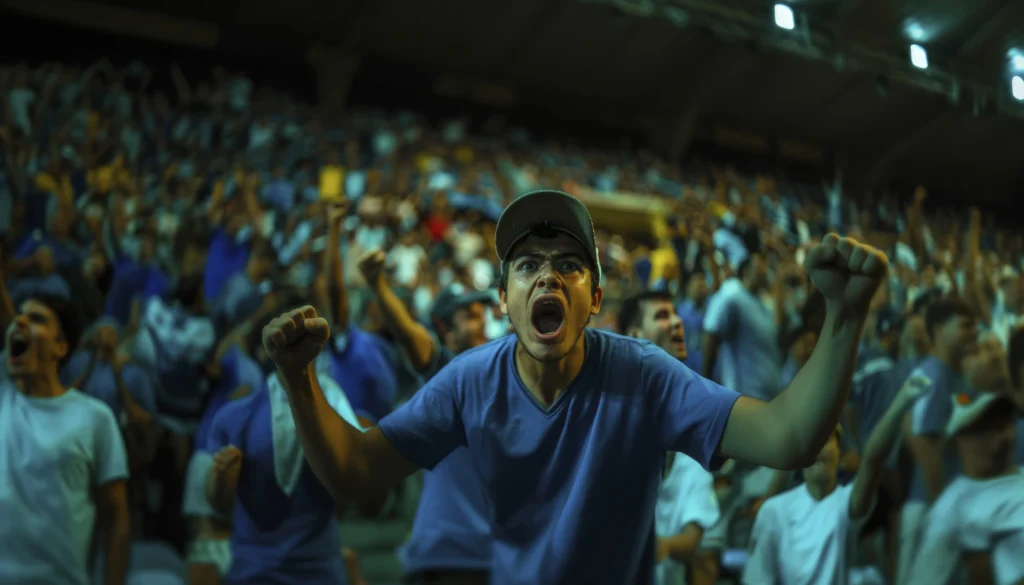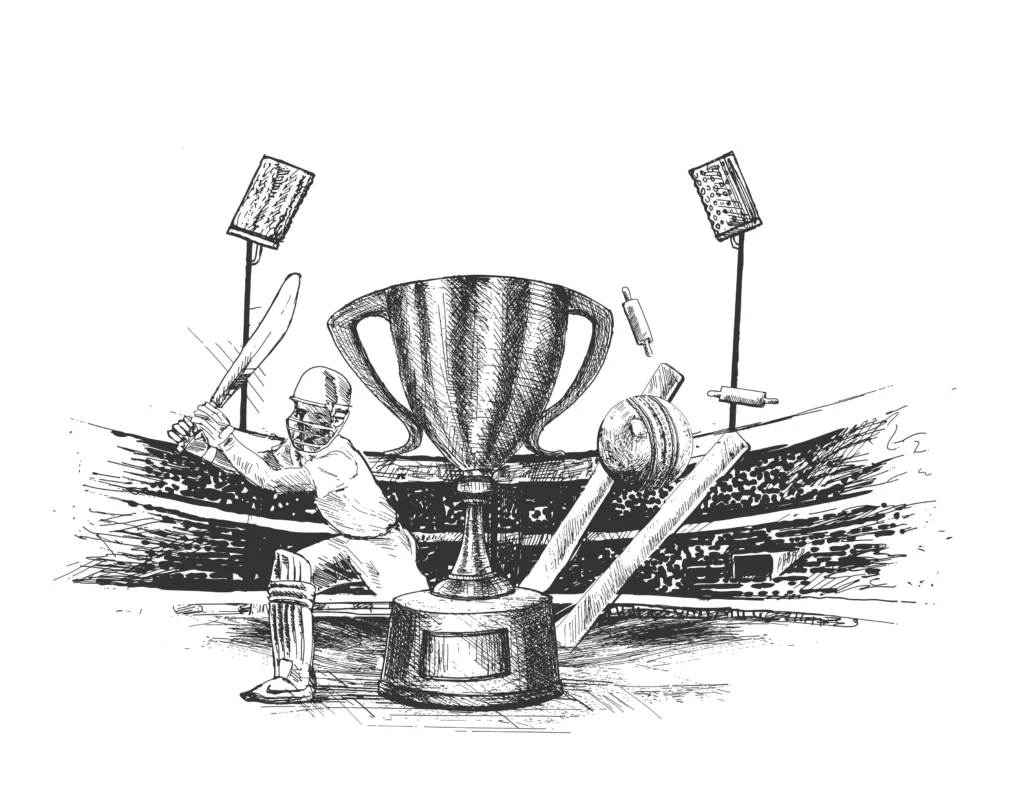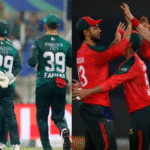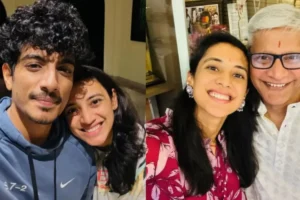September 26, 2025 | Dubai, UAE: The historic BCCI vs PCB rivalry has again come up in the news at the Asia Cup 2025 when the on-field celebrations went beyond the boundaries. After Pakistani pacer Haris Rauf had done the mimickery of a jet plane crash, and Sahibzada Frahan had given the gesture of firing a gun from his bat, and in retaliation to this, the BCCI had filed formal complaints with the ICC.
In response, PCB lodged a complaint of their own against India’s Suryakumar Yadav for politically charged post-match comments. This series of mutual differences shows how cricket between India and Pakistan still thrives beyond the boundary restrictions, mixing sportsmanship along with national sentiments.
Formal Complaints and ICC Procedures
On September 22, the BCCI submitted its protest against Haris Rauf and Sahibzada Farhan under Article 2.5 of the ICC Code of Conduct, accusing them of “inducing crowd unrest” and using “offensive gestures” that violate the spirit of the game. The complaint outlines video evidence and spectator statements, aiming to hold the players accountable through fines, suspensions, or official reprimands. If Rauf and Farhan choose to contest the allegations in writing, ICC Elite Panel Referee Richie Richardson will oversee a hearing in Dubai. Past precedents suggest penalties can range from a 30% match fee deduction to multi-game bans for repeat offenders.

Simultaneously, the PCB lodged a counter-complaint against Indian captain Suryakumar Yadav, alleging that his September 14 comments on the Pahalgam terror attack breached the ICC’s prohibition on political statements by players during tournaments. This protest met the seven-day filing deadline, setting the stage for a bilateral hearing that could unite both complaints before the same adjudication panel. Observers note this rare dual-review scenario may prompt the ICC to clarify guidelines on player conduct and political neutrality.
On-Field Incidents and Crowd Reaction
During India’s chase, Haris Rauf paused mid-spell to enact a jet crash motion, a pointed reference to Indian Air Force operations while the stadium fell into stunned silence. A local fan recounted, “It felt like time stopped. You could hear a pin drop before the crowd erupted in boos.” Later, Sahibzada Farhan’s bat-as-gun celebration drew swift criticism on social media, with analysts branding it “tone deaf” amid regional tensions. These reactions illustrate how symbolic gestures in BCCI vs PCB matches can ignite instant controversy, turning athletic feats into geopolitical flashpoints.

Players from both sides have responded cautiously in interviews. Rauf expressed regret over being distracted from the contest, stating, “My focus is always on the game. I didn’t intend to cross a line.” Farhan told reporters, “I celebrate passionately sometimes, and that spills over. I respect all fans and apologise if anyone was offended.” Meanwhile, Yadav defended his comments as contextual observations on security, arguing they pertained to broader global events rather than campaign rhetoric.
Diplomatic Undercurrents of the Rivalry
Cricket diplomacy has a long history of softening tensions between India and Pakistan, but recent flare-ups suggest boundaries are narrowing. BCCI President Roger Binny emphasised, “Cricket unites, it should not divide,” when announcing the protest, appealing to shared sporting values. PCB Chairman Mohsin Naqvi countered on social media by posting a slow-motion replay of Cristiano Ronaldo’s free-kick celebration, similar in style to Rauf’s gesture, arguing that celebratory expression is universal. International diplomats are reportedly monitoring the situation, concerned that unresolved sporting disputes could spill into political arenas.

Analysts warn both boards that prolonged disputes risk overshadowing the on-field action. With the Asia Cup 2025 headed toward a thrilling final, any detracting headlines may dilute fan engagement and broadcast ratings. The ICC faces pressure to swiftly adjudicate and communicate its rulings to uphold the tournament’s integrity.
Looking Ahead: Hearing and Implications
With hearings scheduled in late October, cricket governance experts anticipate detailed guidelines on celebratory conduct. A ruling against either player could set new precedents clarifying what constitutes unacceptable gestures and reinforcing the boundary between sport and politics. Conversely, dismissals might embolden expressive celebrations but risk further controversies. Fans and commentators will scrutinise the ICC’s public communications for cues on whether future BCCI vs PCB encounters will require stricter on-field monitoring or pre-match conduct briefings.
Neutral Reflection on a Rivalry Renewed
Beyond sanctions, the episode highlights why BCCI vs PCB remains cricket’s most charged fixture. It blends thrilling competition with deep-rooted national pride, creating emotional stakes unmatched in other sports. As the Asia Cup 2025 moves toward its climax, players must balance fierce rivalry with respect for the game’s unifying potential.
Whether the jet plane gesture becomes a footnote or a catalyst for stricter conduct rules depends on the ICC’s response and on how players choose to celebrate their successes under the global spotlight.
Read More: Pakistan vs Bangladesh Match Prediction: Asia Cup 2025














